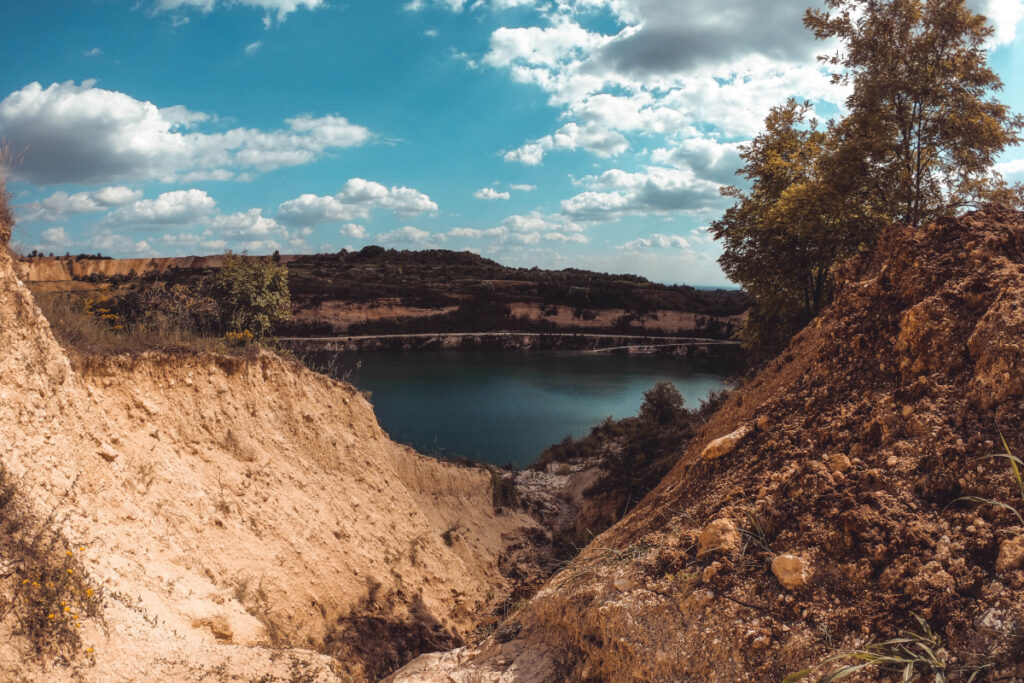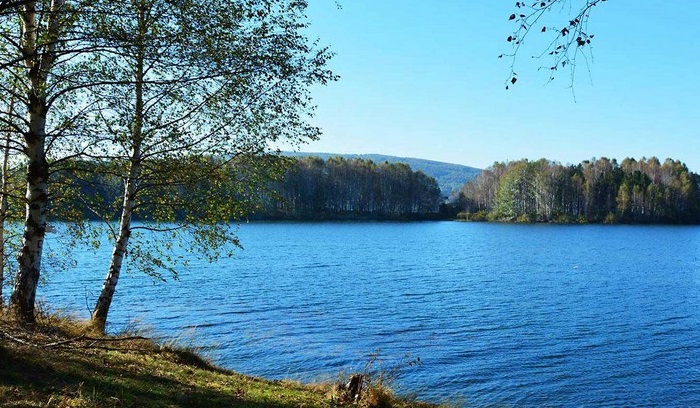Top 5 lakes in Serbia
We present you only a few lakes that you can enjoy if you plan to spend a weekend or vacation in nature, and along the way to refresh yourself during the hot summer days.
Lake Perućac
Perućac Lake is an artificial lake about 2.4 km away from the eponymous place Perućac, municipality of Bajina Bašta. Due to its geographical position, Lake Perućac is located in the municipality of Bajina Bašta, Republic of Serbia and the municipality of Srebrenica, Republika Srpska, BiH. The lake is located in the natural bend of the canyon of the river Drina between Bajina Basta and Visegrad, and surrounds the mountain Tara where the Tara National Park is located. This Podrinje lake is located at 290 meters above sea level and is surrounded by the planes Javor, Devetak, Zvijezda and Tara.

The lake is located in the natural bend of the Drina river canyon between Bajina Basta and Visegrad, and surrounds the Tara mountain where the Tara National Park is located, while on the other side is the Drina National Park. The lake is suitable for fishing and swimming.
The most beautiful view of the lake is from the lookouts Perućac, Kozja stena and Banjska stena. If you came to this lake, you can visit the House on the Drina, as well as the Taraout National Park.
Bešenovačko Lake
Bešenovačko Lake, also known as Beli kamen, the lake is located southeast of Bešenovački Prnjavor, a small place on the slopes of Fruška gora, only thirty kilometers from Novi Sad, there is an unusual oasis created by the cooperation of man and nature. It is a lake that the locals often call Beli kamen or simply, Bešenovo. It is 23 kilometers away from the center of the municipality of Sremska Mitrovica. The lake was formed in 2004 on a surface mine, where limestone was exploited for the needs of the cement factory in Beocin, by cutting the aquifer that flooded the deepest parts of the mine. Over time, a lake with a diameter of 200 and a depth of about 15 meters was formed. Originally a mining mine from which marl ore was extracted, today it is an azure lake, bordered by white stone. Only a few steep approaches to the water remind us of the days when this lake was a real mountain hole. Lake Bešenovačko is stocked, and the locals use it, except for fishing, as a picnic area. There is a wooden chapel near the lake, which looks like the Bešenovo monastery.

This lake is an oasis for all who want to enjoy nature or refresh themselves during the hot summer days.
Vlasina Lake
Vlasina Lake is an accumulation lake in southeastern Serbia with an area of 15 km2 and a depth of up to 35 m. The lake is located in the municipality of Surdulica. The lake is located at 1,204 m (middle level) above sea level. There are three villages on the shores of the lake: Vlasina Okruglica, Vlasina Rid and Vlasina Stojkovićeva. Lake Vlasina was formed in the period 1949-1954. years.

The accumulation lake, which began to fill in April 1949, is located at an altitude of 1,204 meters and belongs to the municipality of Surdulica. It used to be a swampy area with accumulated peat. Immediately after the construction of Lake Vlasina, a third of it consisted of "floating islands". These are parts of peat that broke off from the bottom. Although they were originally tied to the coast, after the 1970s, they were left in their natural state. Today there are few of them, but they represent a unique tourist attraction. In addition to the mobile islands, there are two permanent islands on the lake - Stratoria and Dugi del (former peninsula). Lake Vlasina is known for its black storks and the legend of the water monster. Locals and tourists come to Vlasina Lake for rest, fishing, swimming, bird watching or long walks and cycling. You can take a boat ride on the lake, see the "floating islands" up close and visit the Palja monastery, as well as the church in the village of Božica.
Lake Rovni
Rovni is an artificial lake in western Serbia, created by the damming of the river Jablanica and is the largest object of the regional water management system "Stubo-Rovni".
The beautiful lake Rovni near Valjevo was created by dividing the river Jablanica and is the largest "object" of the regional water management system "Stubo-Rovni". This lake is one of the most beautiful artificial in western Serbia.

The accumulation was formed in the valleys of the rivers Jablanica and Sushica and is located between the villages of Stubo and Rovni, only 15 km from Valjevo.
This lake is accompanied by stories about the sinking of the Church of the Holy Archangel Michael in Tubravić, known as "Valjevska Gračanica", which caused numerous negative comments among the locals, but dissatisfaction spread to the whole of Serbia. However, the beauty of the lake and the unusual structure entice tourists who come from all over the country to enjoy its beauties.
Palic Lake
You have probably noticed that not all the lakes that we have classified as the most beautiful in our country were created naturally, but by human hands. Natural lakes are less represented, and they are mostly found in Vojvodina and in the mountains. The most famous and largest natural lake in Serbia is Palićko. The lake is of Aeolian origin, created by the wind. According to one legend, it arose from the tears of the shepherd Paul who lost his flock. Another belief says that the lake represents the rest of the Pannonian Sea.

The lake originated in ancient times as an outcrop, although the water of the lake mostly comes from the precipitation that filled the valley. The water flowed from the surrounding terrain, washing away the sodium chloride, and so the lake became salty.
The lake is up to 2 meters deep and due to the large number of algae, it is extremely green. Formed on the border of wood and sand, this saltwater lake got its name from the Palij wasteland. Soda was extracted from the lake in the 18th century, because the lake used to be salty, so it is believed that Palić is a remnant of the Pannonian Sea. According to the legend, the shepherd Pavle fed the cattle there.
Jezersko blato is healing, so in 1845 a bathroom was built and Palić became in 1852 thanks to Mayor Kujundžić and the spa. The place was the sports center of Hungary at the end of the 19th century; there was an athletic and bicycle playground. It was the work of prof. Ljudevita Vermeša. In the middle of the 19th century, a beautiful park was planted on the north coast.
Lake Palić was first mentioned in written documents in 1462 as Paly. The first drawing, or map of the lake (Paligo Palus) dates from 1690. It was known at the end of the 18th century that lake water and sludge have healing properties.
Get ready to spend the summer on one of the beautiful lakes that Serbia offers and experience unforgettable experiences of beautiful natural beauties.
Source: natragu.com










